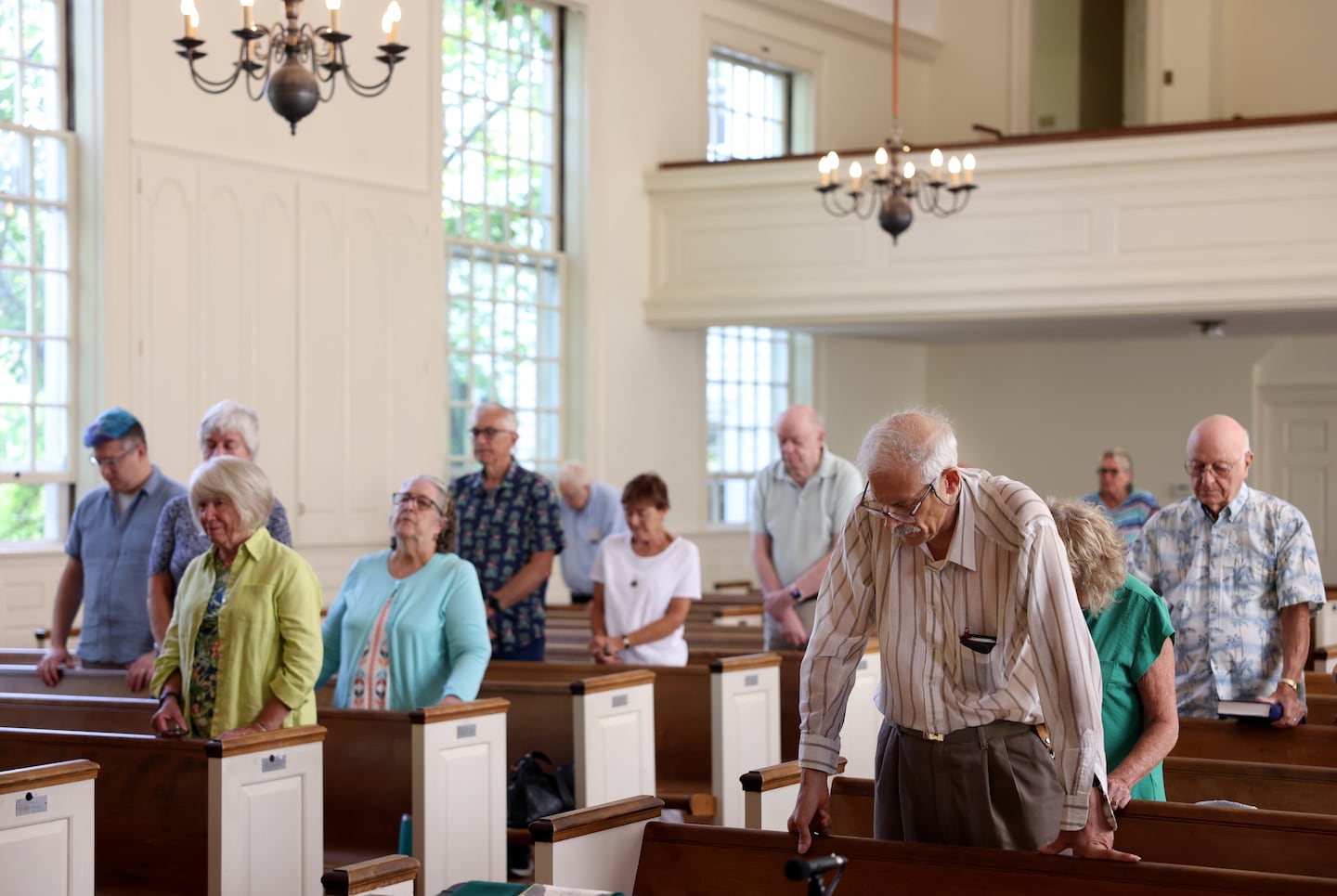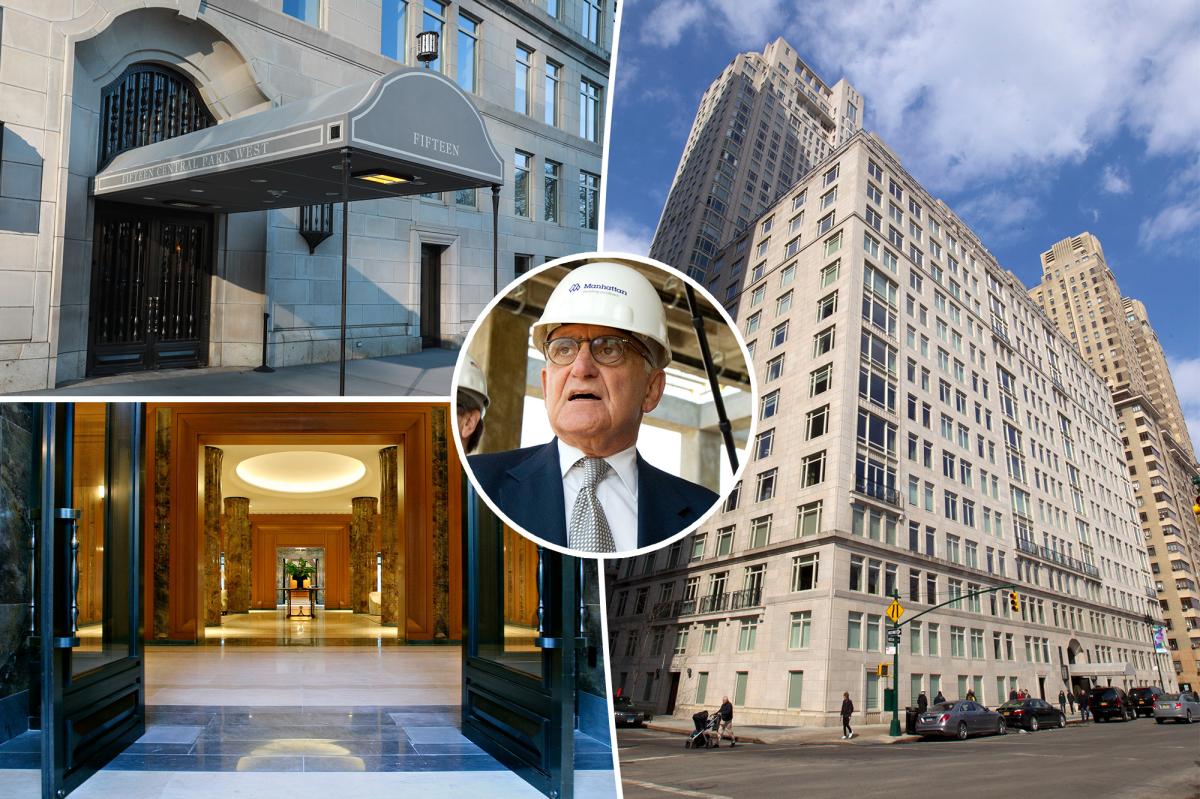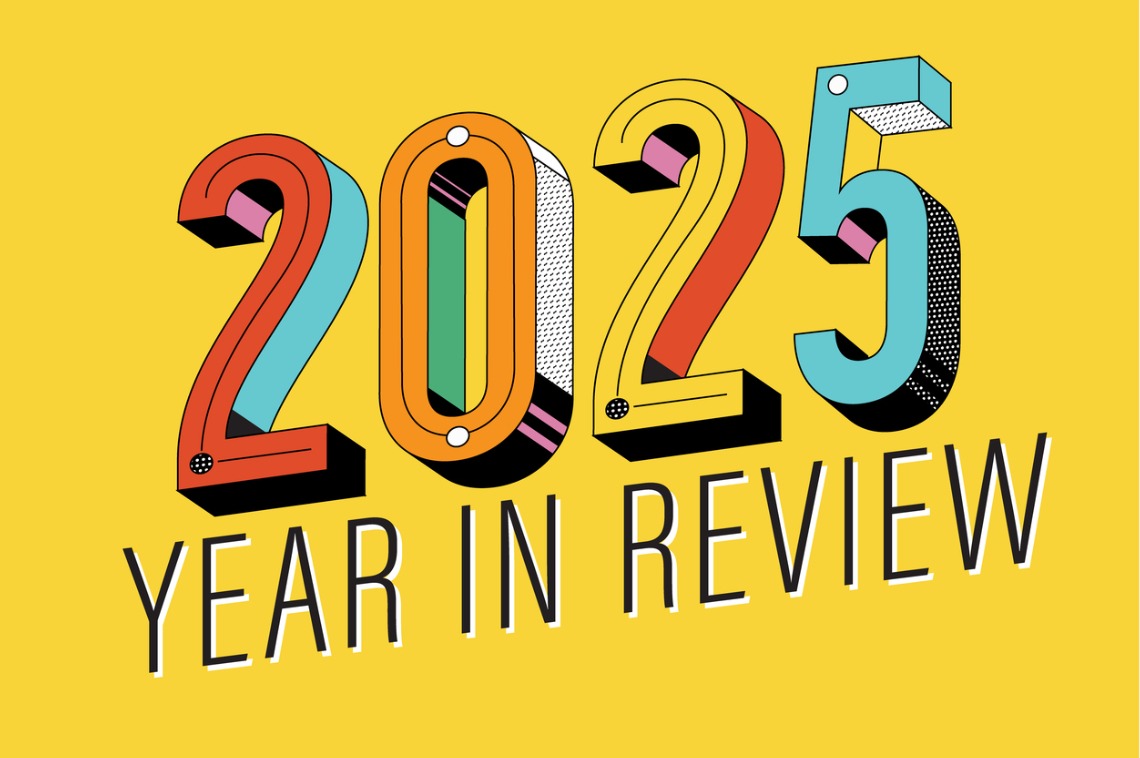T
he decision to close the Second Congregational United Church of Christ in Beverly was a difficult one, said Pastor Adam Isbitsky, who has been guiding the institution through its dissolution. However, deciding what to do with the property was simpler. "It's impossible to ignore how difficult it is to find stable housing," Isbitsky said. "So no one just wanted to stick a 'for sale' sign out front and let someone buy the place." The congregation opted to transform the largely empty building into housing for lower-income families, a decision that aligns with the church's long history of helping those in need.
Massachusetts has one of the worst shortages of affordable housing in the United States, and many religious leaders see building new homes as a modern fulfillment of their moral principles. "The Bible is pretty explicit about the value of shelter, and importance of helping people," Isbitsky said. "Those are true Christian values." The church's original wooden door from 1714 remains hidden behind a rickety panel in the sanctuary, a reminder of the building's rich history.
As the congregation dwindled to just 64 members, mostly older adults, they came to the difficult conclusion that it no longer made sense for the church to operate. Before long, they had received multiple proposals from groups interested in taking over the building, including Lifebridge North Shore, a homeless nonprofit with which the church has a long history of working. The congregation quickly identified Lifebridge as the obvious choice.
Pending approval from the public charities division of the attorney general's office, Second Congregational will hand the building over to Lifebridge in a year or so. It's essentially a charitable donation, which the nonprofit plans to use as a services center for the local homeless population that will complement its nearby shelters. The pipeline of places of worship being transformed into housing is growing quickly, and some policymakers are hoping to speed it up.
A bill in the Legislature would make it easier to build on properties owned by religious groups by allowing developments between 30 and 50 units per acre by right, without special local approval. In a state with exorbitant land prices and a general shortage of places to build in the urban core, the large real estate footprint of many religious groups represents an opportunity to make a dent in the state's housing problem.
In Roxbury, St. Katharine Drexel Parish has plans to transform the land behind its Parish Center into a mixed-use complex that will include 217 apartments and condominiums, most of which will be set aside at affordable rates. The project, called Drexel Village, is being built by the Planning Office of Urban Affairs, a nonprofit development arm of the Archdiocese of Boston.
Turning old church buildings into apartments can be logistically challenging, as seen in East Cambridge where Preservation of Affordable Housing recently began work transforming the rectory, school, and convent buildings of the Sacred Heart Catholic Church into affordable housing. The project will put 46 affordable units into the complex while maintaining the historic brick shells of the buildings.
There are other hurdles to overcome, such as community opposition, but many see this as an opportunity for churches to continue serving their communities in a new era when fewer people attend them. "It used to be that people in need would go to the church to find help when they had nowhere else to go," Isbitsky said. "For us, that is still going to be the case, even after the congregation is gone."













